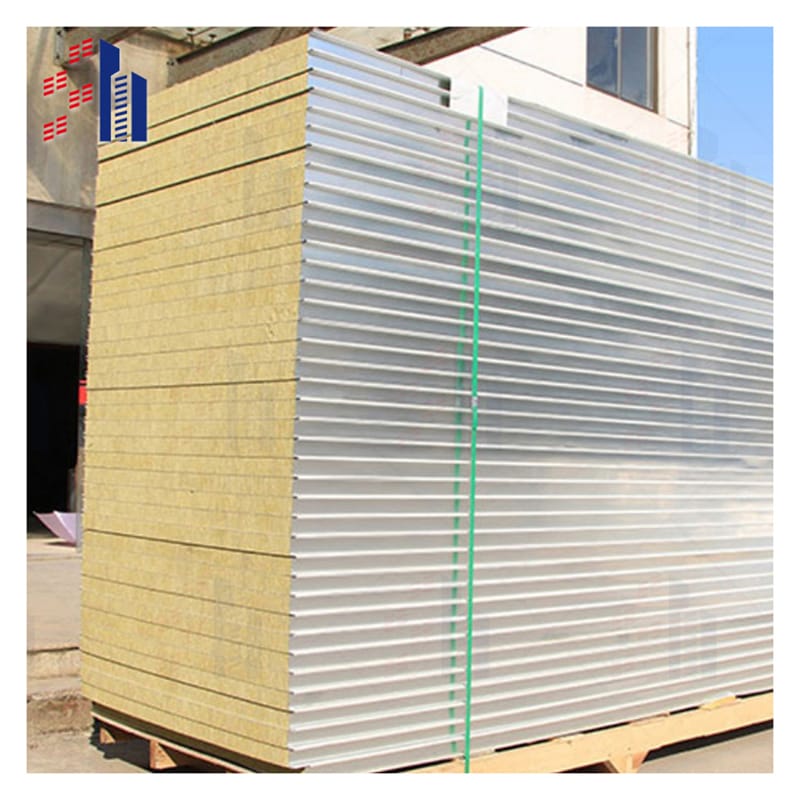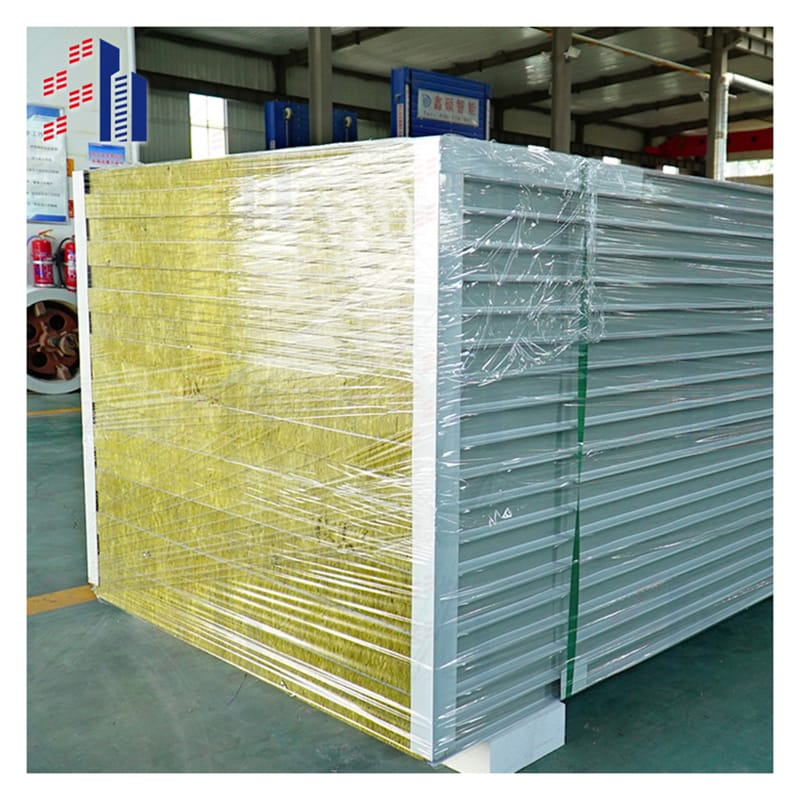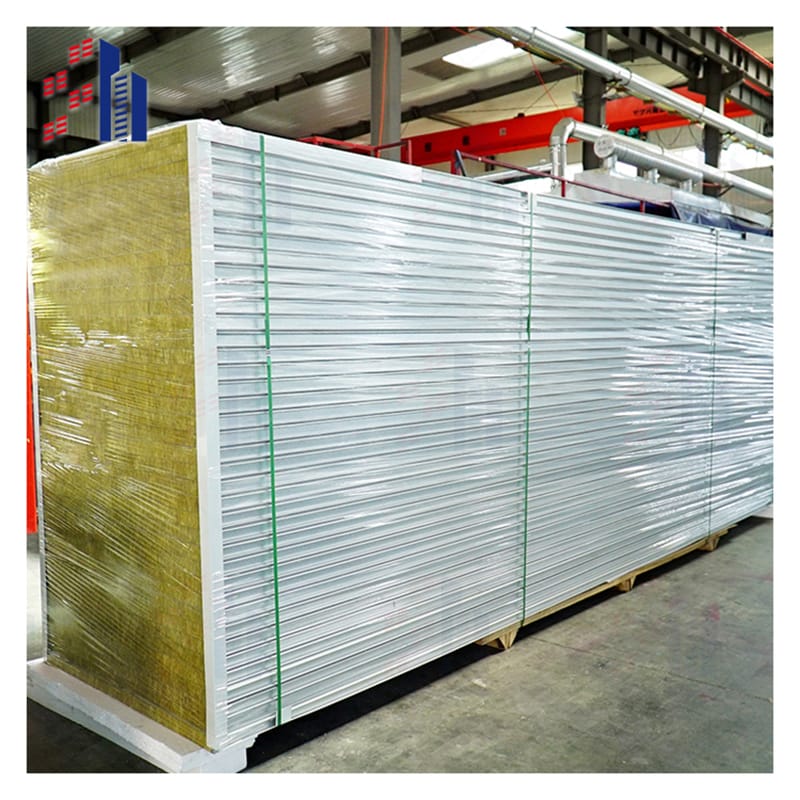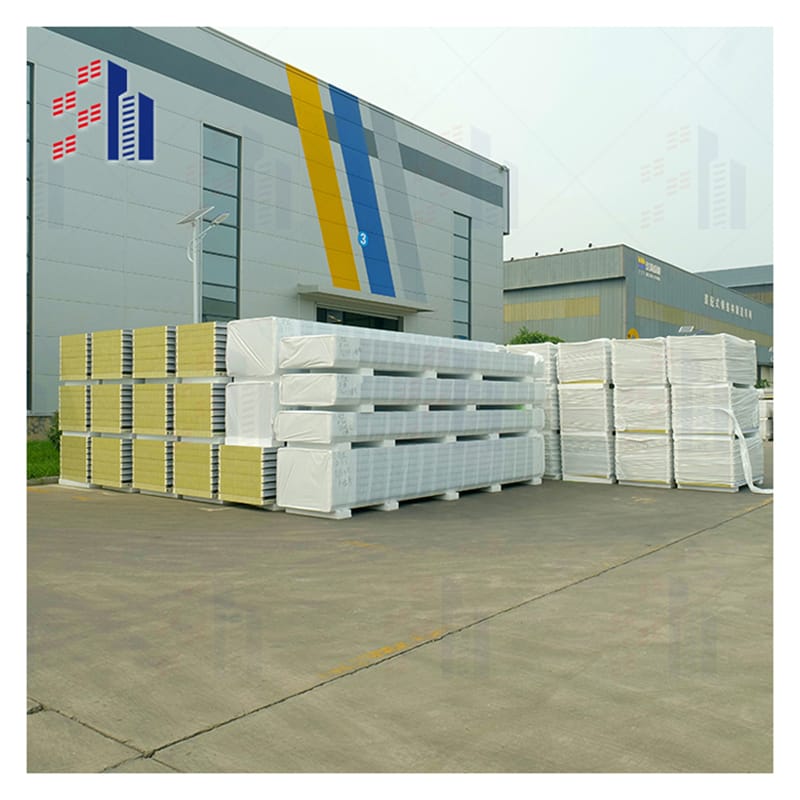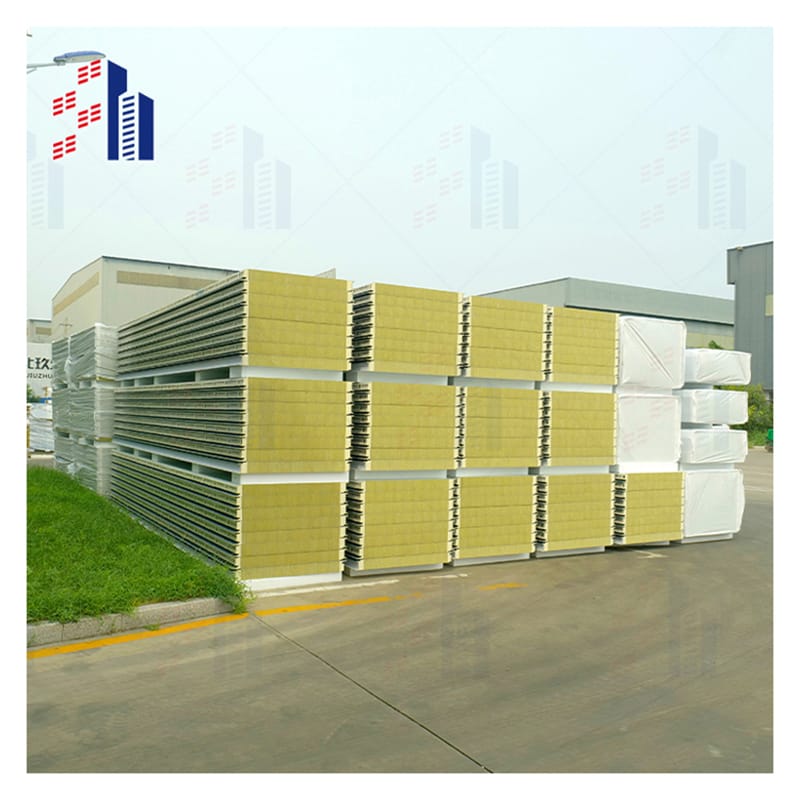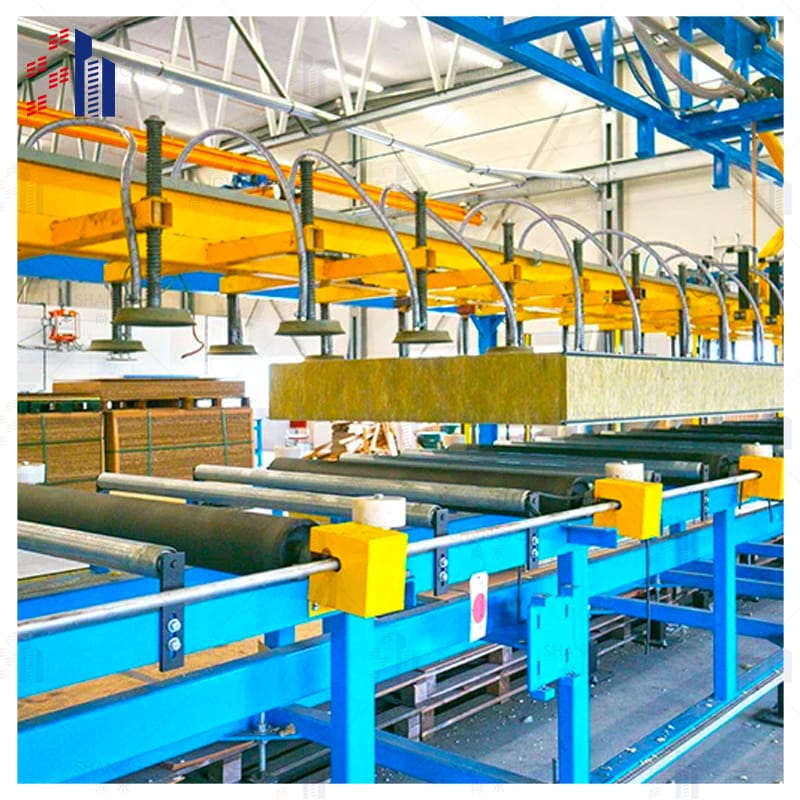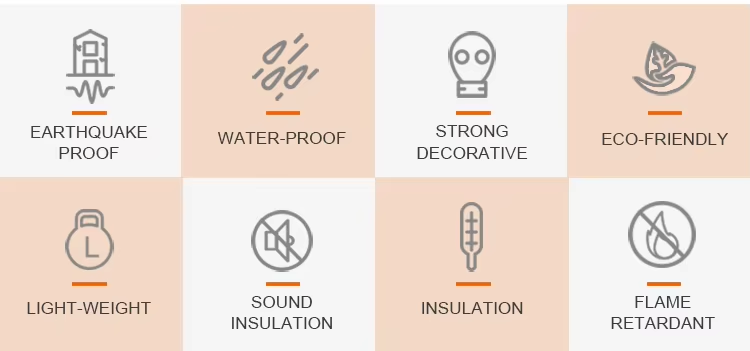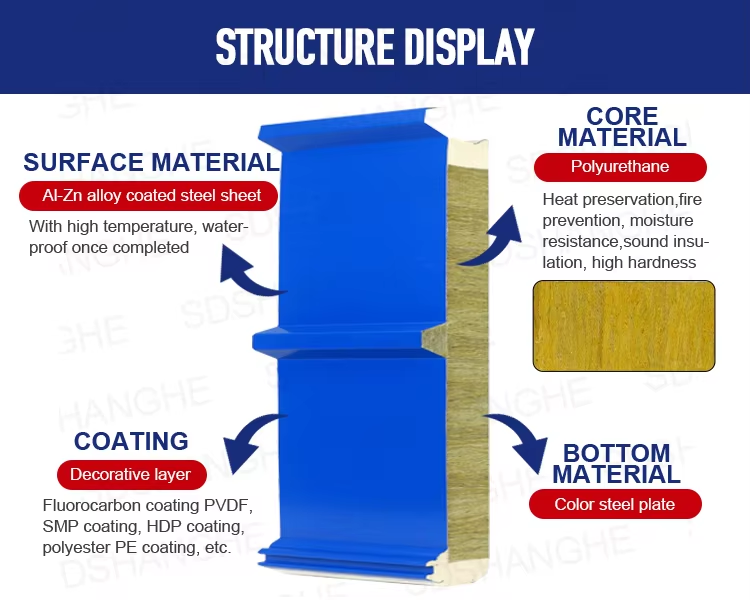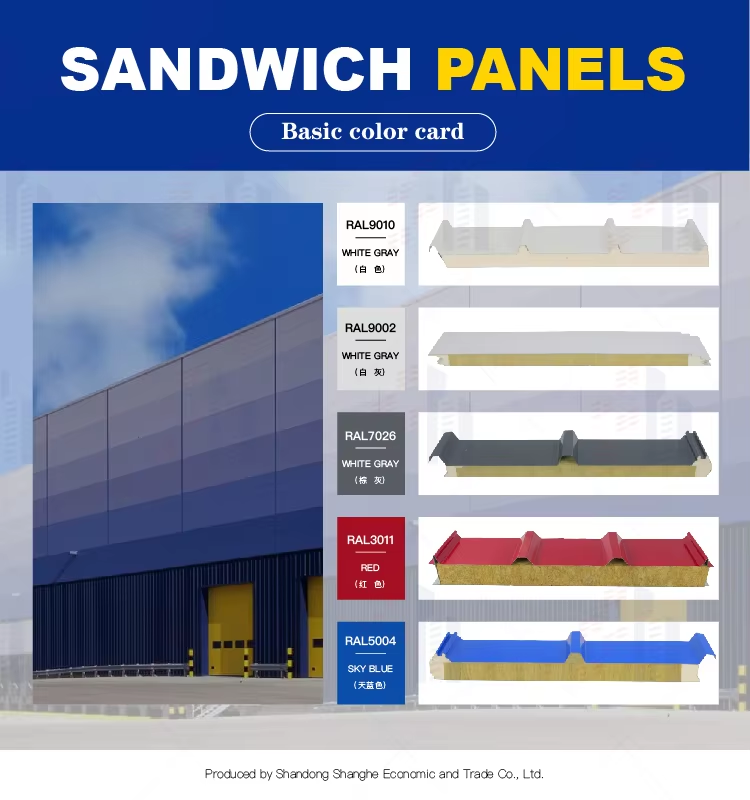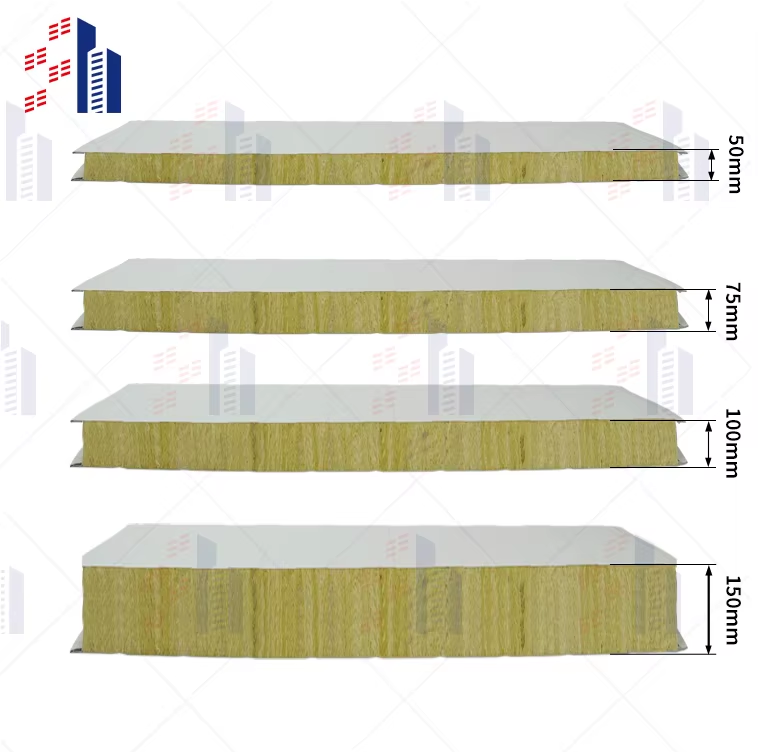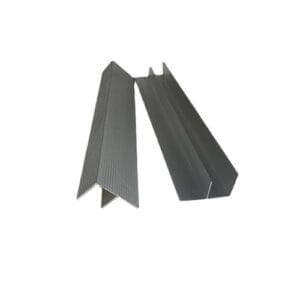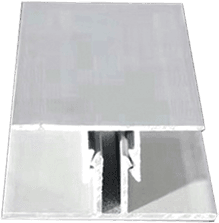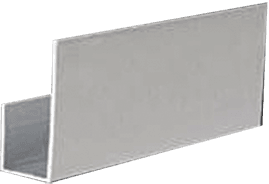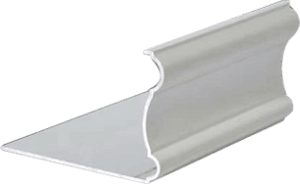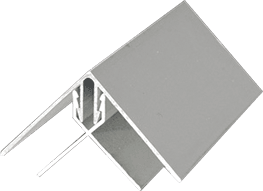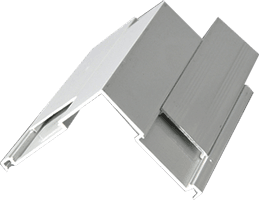Understanding Sandwich Panels for Building Construction
If you’ve ever wondered what building sandwich panels are and why they’re becoming a go-to solution in construction, you’re not alone. Simply put, sandwich panels are prefabricated building materials designed to offer excellent thermal insulation, structural strength, and ease of installation. They consist of multiple layers, combining different materials to create a lightweight yet durable panel perfect for walls, roofs, and cold storage facilities.




Customers visit the factory





Installation details
Key Specifications
| Parameter | Specification (Metric) | U.S. Standard | Why It Matters |
|---|
| Core Material | PIR (Polyisocyanurate) | ASTM E84 Class A | Stops fires + cuts cooling costs by 40% |
| Fire Rating | A1 (Non-combustible) | UL 94 V-0 | Meets NYC high-rise codes – no toxic smoke |
| Thickness | 50mm, 75mm, 100mm | – | 100mm = -40°F freezer compliance (ASHRAE) |
| Thermal Conductivity (λ) | 0.022 W/m·K | R-6.5 per inch | Beats fiberglass (R-3.7) – cheaper long-term |
| Panel Strength | 150 kPa compressive | ASTM C165 | Walkable roof loads (25 psf) – no dents |
| Custom Sizes | Up to 40ft x 4ft | – | Fewer seams = faster install + better insulation |
Important attributes |
| design | the present age | After-sales service | Online Technical Support, Other |
| Origin | Shandong, China | Application Scenarios | Warehouse |
| Brand | SH | Warranty Service | polyurethane |
| Panel Material | polyurethane | Models | SH 150mm |
| Usage | Exterior Decoration | Product Name | steel foam sandwich panel |
| Surface Material | Metallic | Minimum Order | Personalization |
| Thickness | 16MM/20MM/25MM | Color | Bright red, vermillion, lime, sky blue, aquamarine, pea green or customized |
| Width | 100mm,120mm,150mm,200mm | | |
Components of a Sandwich Panel
A typical sandwich panel has three main components:
- Outer Layers: Usually made of metal like aluminum composite panels or steel, these layers provide protection against weather, fire, and mechanical damage.
- Core Material: This is the insulating heart of the panel, often made from materials like polyurethane foam, polystyrene, or mineral wool. It delivers thermal insulation and soundproofing.
- Adhesive Layer: Bonds the outer skins to the core, ensuring structural integrity and durability.
Types of Sandwich Panels
Sandwich panels come in various types depending on the core material and application:
- Polyurethane Panels: Known for excellent thermal insulation and lightweight properties.
- Polystyrene Panels: Cost-effective and widely used in residential and commercial buildings.
- Mineral Wool Panels: Fire-resistant and ideal for industrial or specialized structures.
- Cold Storage Panels: Designed specifically for temperature-controlled environments.
Key Features and Benefits
Sandwich panels offer several advantages that make them ideal for modern construction:
- Thermal Insulation: Keeps buildings energy-efficient and comfortable.
- Lightweight: Easier and faster to install, reducing labor costs.
- Durability: Resistant to weather, fire, and corrosion.
- Eco-Friendly Options: Some panels use recyclable materials and reduce energy consumption.
- Versatility: Suitable for walls, roofs, and specialized applications like modular construction.
Understanding these basics helps you appreciate why sandwich panel construction is a smart choice for anyone looking to build efficiently without compromising on quality or performance.
Applications of Sandwich Panels in Construction
Sandwich panels are a versatile choice in the building world, fitting well across different types of projects. Here’s how they’re used:
Residential Buildings
In homes, insulated wall panels help keep indoor temperatures steady, cutting energy bills. Their lightweight nature makes installation faster, minimizing disruption. Plus, fire-resistant sandwich panels add an extra layer of safety, which is a big plus for families.
Commercial and Industrial Structures
For offices, warehouses, and factories, sandwich panels offer durability and quick assembly. Aluminum composite panels and thermal insulation panels improve energy efficiency and reduce maintenance costs. Cold storage panels are especially popular in food processing and storage facilities, ensuring temperature control and hygiene.
Specialized Uses
Beyond typical construction, sandwich panels serve in modular construction materials for quick, scalable builds like schools or emergency shelters. Eco-friendly sandwich panels also support green building efforts, meeting stricter environmental standards.
Case Study Shanghe’s Sandwich Panels in Action
Shanghe’s sandwich panels have been used in several U.S. projects, from residential complexes to industrial warehouses. Their panels stand out for combining strong materials with energy-saving features, helping builders meet both budget and sustainability goals. This real-world success shows why many in the construction industry trust Shanghe for reliable insulated wall panels.
Why Shanghe’s Sandwich Panels Stand Out
When it comes to building sandwich panels, Shanghe sets itself apart with top-quality materials and precise manufacturing. They use durable cores like PIR, foam, and mineral wool combined with strong outer layers such as aluminum composite and fiberglass. This mix ensures panels are lightweight but tough, offering excellent thermal insulation and fire resistance.
Superior Materials and Manufacturing
Shanghe’s panels are made with advanced technology that guarantees consistent thickness, strength, and insulation performance. Their manufacturing process meets strict quality controls, so you get reliable, long-lasting panels every time.
Customization Options
Every project is unique, and Shanghe understands that. They offer a range of panel types, sizes, colors, and finishes to fit your specific needs. Whether you need insulated wall panels for a cold storage facility or fireproof rock wool panels for industrial use, Shanghe can customize the solution.
Compliance with Standards
Shanghe’s sandwich panels meet or exceed U.S. building codes and industry standards, including fire safety and energy efficiency regulations. This compliance gives you peace of mind that your building materials are safe and up to code.
Cost Effectiveness and Energy Efficiency
Using Shanghe’s sandwich panels can lower your overall construction and energy costs. Their panels provide excellent thermal insulation, reducing heating and cooling expenses. Plus, the lightweight design cuts down on structural support needs, saving money on labor and materials.
For more on their range, check out their foam core sandwich panel and fireproof rock wool sandwich panel options.
How to Choose the Right Sandwich Panel for Your Project
Picking the right sandwich panel is key to getting the best performance and value for your building. Here are some important factors to keep in mind:
Factors to Consider
- Purpose of the building: Different projects need different panels. For example, insulated wall panels work great for cold storage, while fire-resistant sandwich panels are essential for safety in commercial buildings.
- Material type: Panels come with cores like polyurethane foam, PIR, or metal foam. Each offers different insulation and strength. Check out options like polyurethane foam sandwich panels for high thermal efficiency.
- Weight and durability: Lightweight building panels are easier to handle and install but should still meet your durability needs.
- Climate and regional conditions: Consider weather factors like humidity, temperature swings, and local building codes. This ensures your panels perform well year-round.
- Energy efficiency goals: Look for panels that improve insulation and reduce energy costs.
- Budget: Balance upfront costs with long-term savings on energy and maintenance.
Working with Shanghe
Shanghe makes it easy to find the perfect sandwich panel. They offer a wide range of customizable options to fit your project’s specs. Whether you need exterior wall sandwich panels or specialized composite sandwich panels, their team can guide you through the best choices. Plus, Shanghe ensures all products meet strict U.S. standards for quality and safety.
Regional Considerations
In the U.S., building codes vary by state, especially regarding fire resistance and insulation. Shanghe’s panels are designed to comply with these regional requirements, helping you avoid headaches during inspections. For projects in colder climates, panels with superior thermal insulation are a must, while coastal areas might prioritize corrosion-resistant surfaces.
Choosing the right sandwich panel means balancing your building’s needs, budget, and local conditions. Shanghe’s expertise and product range make this process straightforward and reliable.
The Future of Sandwich Panels in Construction
Market Trends and Growth
Sandwich panel construction is gaining serious momentum across the U.S. Builders and developers are leaning into insulated wall panels and lightweight building panels because they speed up projects and cut costs. The demand for eco-friendly sandwich panels is also rising as energy efficiency and sustainability become top priorities. Plus, modular construction materials like sandwich panels fit perfectly with today’s fast-paced building schedules.
Innovations in Sandwich Panel Technology
Technology is making sandwich panels smarter and more versatile. New fire-resistant sandwich panels offer better safety without adding weight. Advances in materials, like improved aluminum composite panels and enhanced thermal insulation panels, mean better durability and energy savings. These innovations help meet stricter building codes and improve overall building performance.
Shanghe’s Commitment to Innovation
At Shanghe, we’re all about pushing the boundaries of sandwich panel technology. We invest heavily in research to develop products that meet the evolving needs of U.S. builders. Our panels are designed for maximum energy efficiency, durability, and customization. Whether it’s cold storage panels or commercial building panels, Shanghe stays ahead with cutting-edge solutions that deliver real value on every project.

